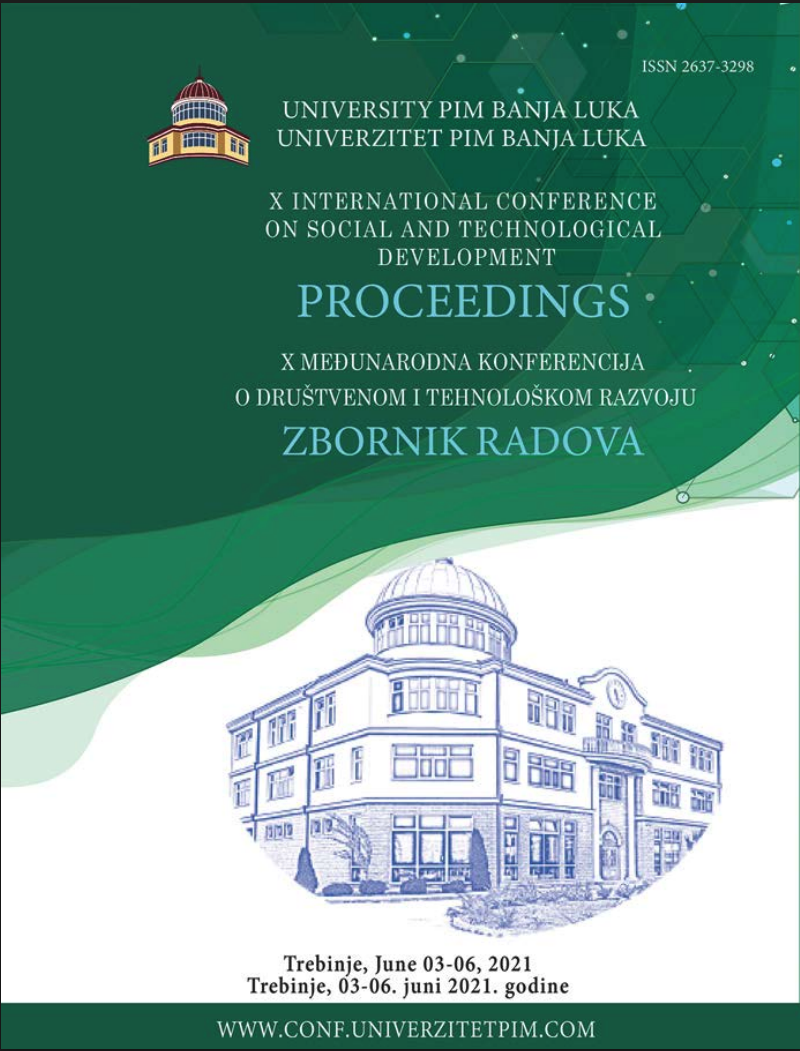
This is an open access article distributed under the Creative Commons Attribution License which permits unrestricted use, distribution, and reproduction in any medium, provided the original work is properly cited.
The College of Service Business East Sarajevo - Sokolac , Sokolac - East Sarajevo , Bosnia and Herzegovina
Faculty of Economics in Subotica, University of Novi Sad , Novi Sad , Serbia
The College of Service Business East Sarajevo - Sokolac , Sokolac - East Sarajevo , Bosnia and Herzegovina
After the disintegration of Yugoslavia in 1991, the paths of the newly formed states diverged, which affected the course, content and speed of implementation of economic reforms of the countries. It is characteristic of all the countries of the former Yugoslavia that negative growth rates were recorded in the second half of the 1990s, and economic policy in most countries was subordinated to political goals. Neoliberal model of transition was adopted, and real reforms began in the early 2000s, with radical changes in all aspects of the economy. The aim of the paper is to determine the differences in the level of economic growth in the countries of the former Yugoslavia, through the analysis of macroeconomic factors. The research covered all countries of the former Yugoslavia: the Republic of Serbia, the Federation of Bosnia and Herzegovina, the Republic of Montenegro, the Republic of Croatia, the Republic of Slovenia and Northern Macedonia. The survey data were taken from the FAOSTAT database, the World Bank, as well as the national statistics of the countries of the former Yugoslavia, and the method of multivariate analysis of variance (MANOVA) was used. The results of the research showed that there are statistically significant differences in all independent variables: gross domestic product per capita, prevalence of malnutrition, total unemployment, total investment and value added from industry. Of all the countries of the former Yugoslavia, Slovenia stood out as the country that shows the best results according to these variables, which is reflected in the economic growth of the country.
The statements, opinions and data contained in the journal are solely those of the individual authors and contributors and not of the publisher and the editor(s). We stay neutral with regard to jurisdictional claims in published maps and institutional affiliations.